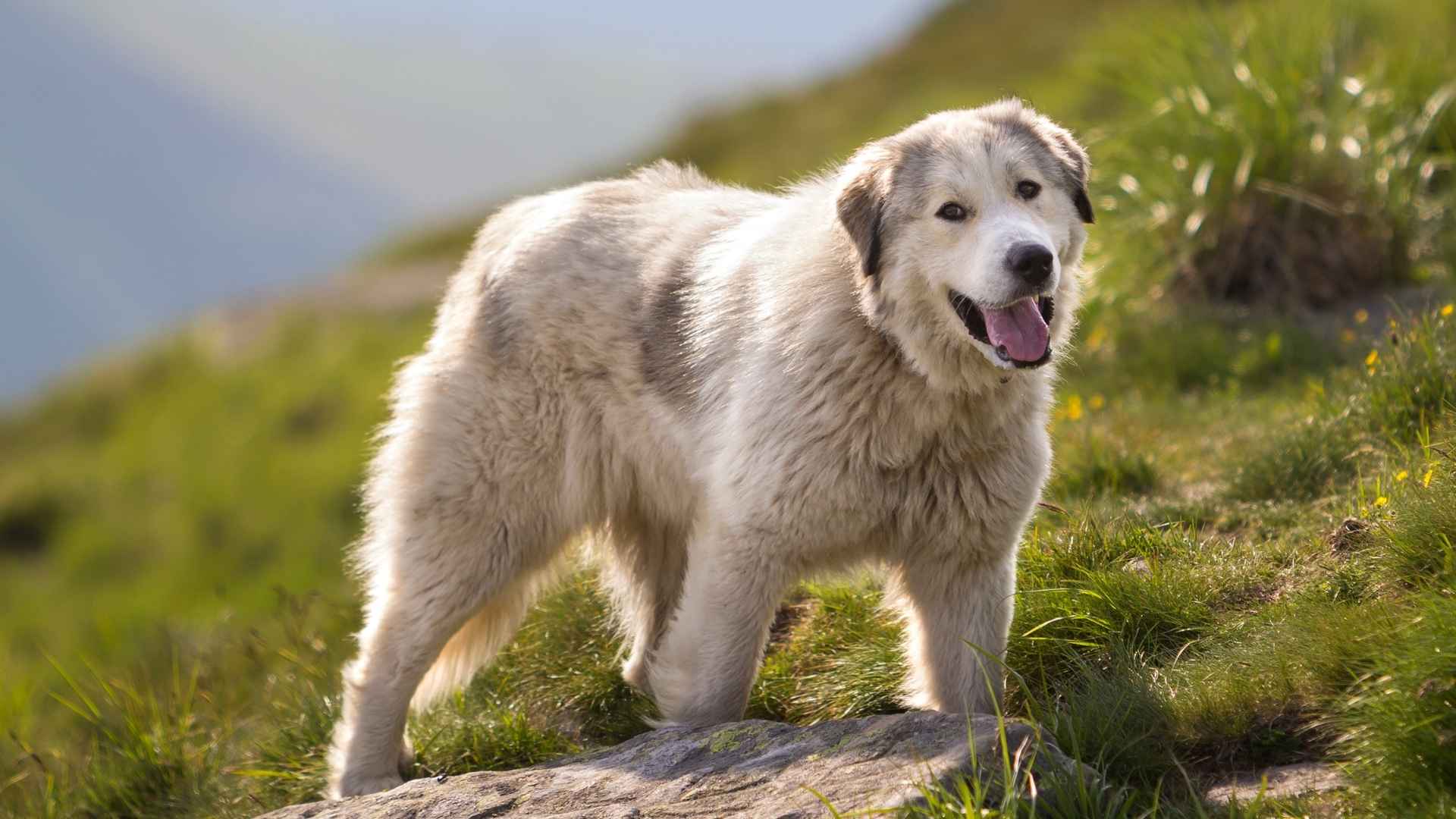Imagine standing atop a rugged mountain trail, the crisp air filling your lungs, when suddenly a gentle giant with a thick, fluffy coat pads up beside you. Large mountain dog breeds have been companions to adventurers and shepherds for centuries—strong, loyal, and built to brave harsh climates and steep terrains.
Originally used as livestock guardians or trained for search and rescue in snowy terrain, they require experienced owners who can handle their protective instincts and training needs. These hardy dogs aren’t just big in size; they’re massive in heart, patience, and protective instincts.
These mountain dog breeds have earned their reputation as the ultimate guardians of nature’s wild places. But beyond their impressive stature, many large mountain dogs are incredibly family pets with a gentle demeanor, making them perfect both for outdoor adventurers and cozy homebodies.
If you’re dreaming of a canine companion who’s ready for snowy hikes or just wants to curl up beside you after a long day, these mountain dogs offer a unique blend of strength and warmth that’s hard to resist.
Let’s explore the world of these magnificent breeds—each with its own story, temperament, and mountain-ready spirit.
Large Mountain Dog Breeds
1. Bernese Mountain Dog
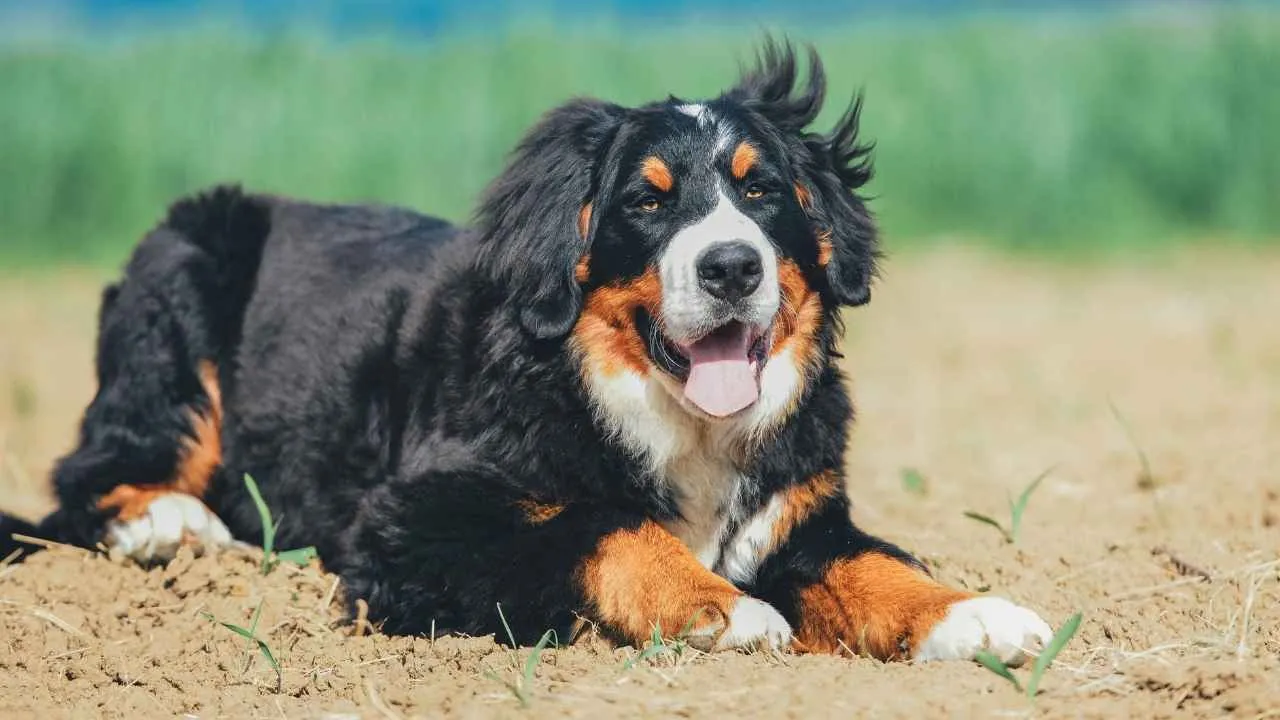
Height: 23 to 27.5 inches
Weight: 70 to 115 pounds
The Bernese Mountain Dog, or “Berner” to those who love them (which is everyone who’s ever met one), is the supermodel of the Swiss Alps—only bulkier, hairier, and way more into snacks.
The Bernese Mountain Dog stands out as the only one of the four closely related Swiss mountain dog breeds with a long, flowing coat, and it’s also the largest of the group.
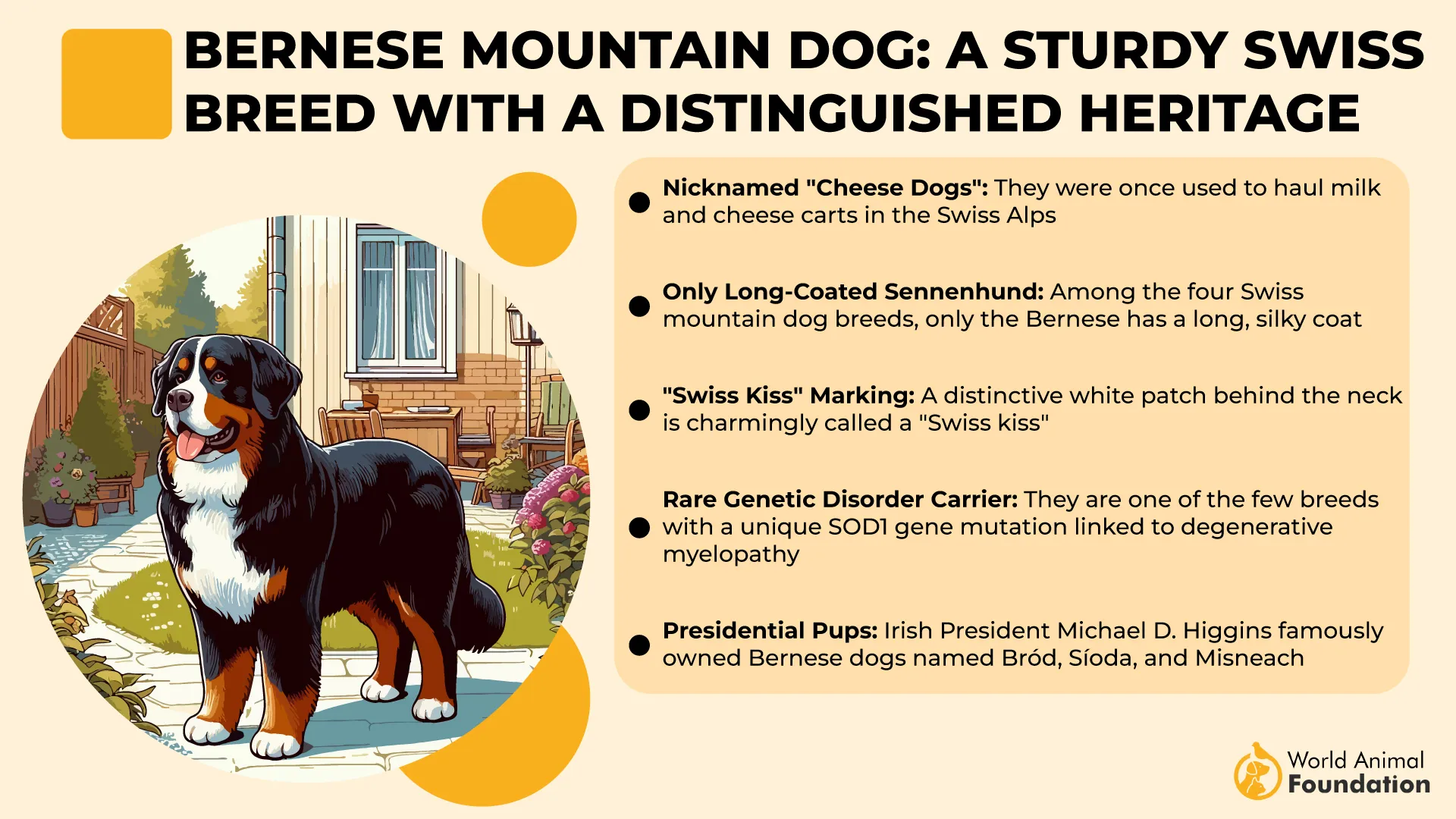
Originating near the city of Berne, these large dogs were once all-purpose farm companions, valued for their roles as watchdogs, property guardians, and even for pulling carts.
With their tri-color coat (black, white, and rust), kind eyes, and big bear paws, this popular breed looks like they just stepped out of a doggy Hallmark movie.
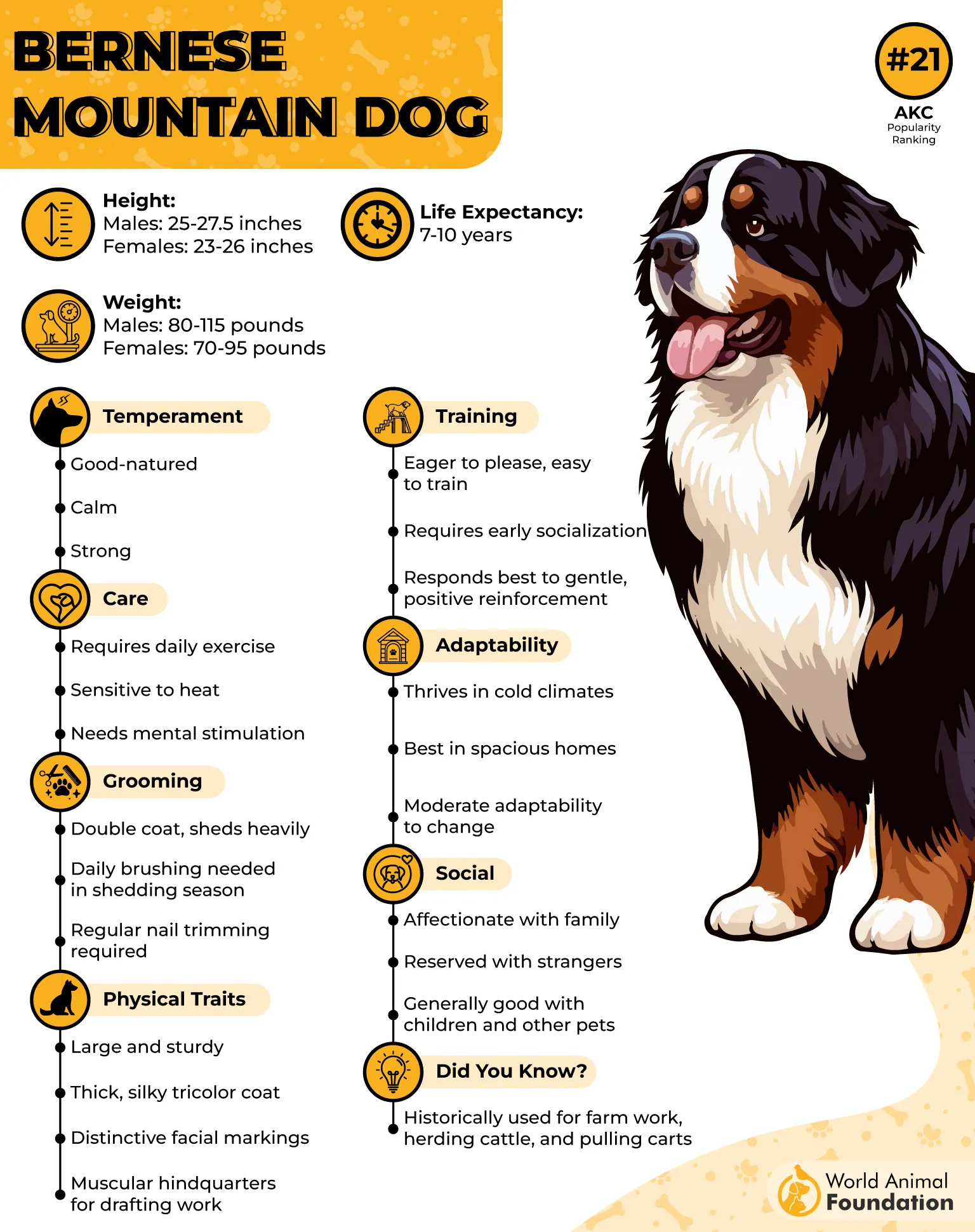
Why You’ll Love a Berner
They have a sweet temperament, an affectionate nature, and are ridiculously loyal.
They’re great with kids—like a furry babysitter that occasionally steals your sandwich.
Their calm demeanor makes them wonderful therapy dogs (just try not to cry into their fur… it’s a lint roller’s worst nightmare).
Bernese Mountain Dogs might be somewhat reserved around strangers, but they are generally patient with kids and other animals. A lot of Bernese Mountain Dogs don’t like being left by themselves, and some can experience separation anxiety.
Because of their large size and impressive strength, it’s important to train a Bernese Mountain Dog to walk politely on a leash and avoid jumping on people.
Fun Fact: Berners are a high-shedding breed. You’ll find hair in places you didn’t know existed. But honestly, it’s a small price to pay for that kind of unconditional love and majestic presence.
2. Great Pyrenees
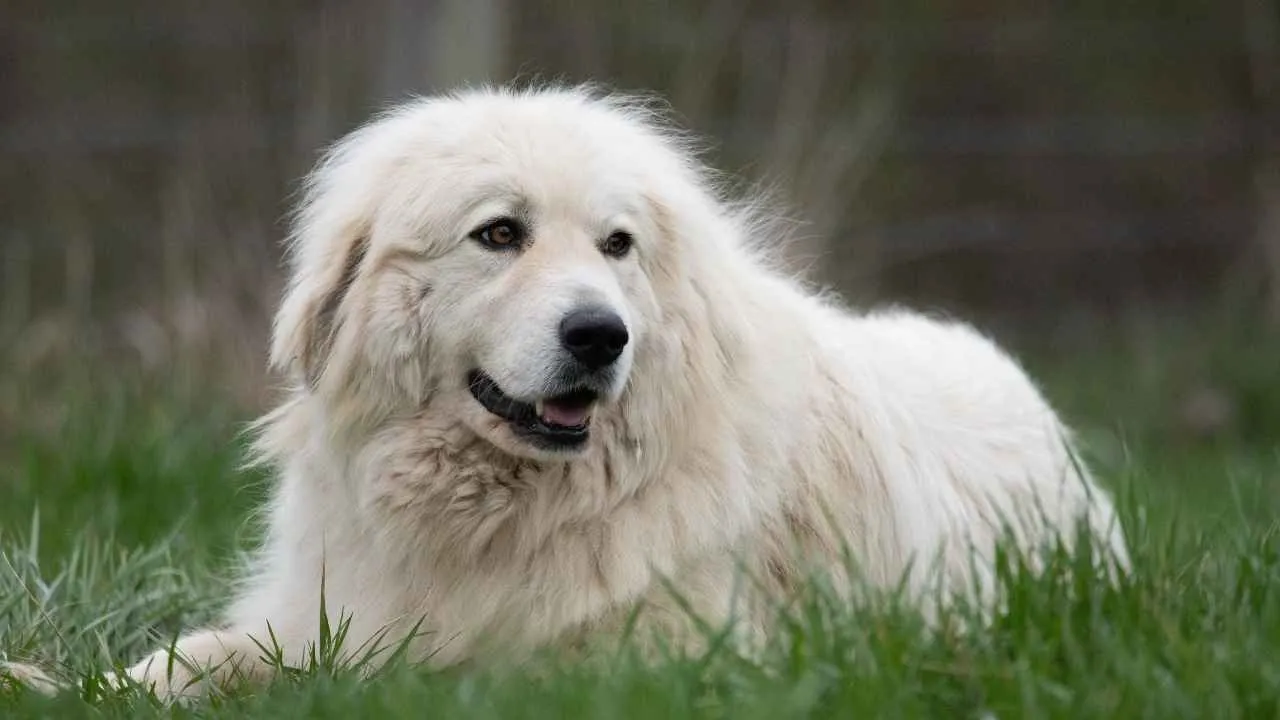
Height: 25 to 32 inches
Weight: 85 to 160 pounds
Next up is the Great Pyrenees—the canine equivalent of a wise, old mountain monk in a fluffy white robe.
These white-coated dogs were originally developed to guard livestock in the Pyrenees Mountains, which span the border of France and Spain.
True to their heritage, they take their guardian duties to heart—sometimes a bit too much—often extending their watchful protection to the whole neighborhood, keeping a close eye on squirrels, birds, and even the occasional shady-looking garden gnome.
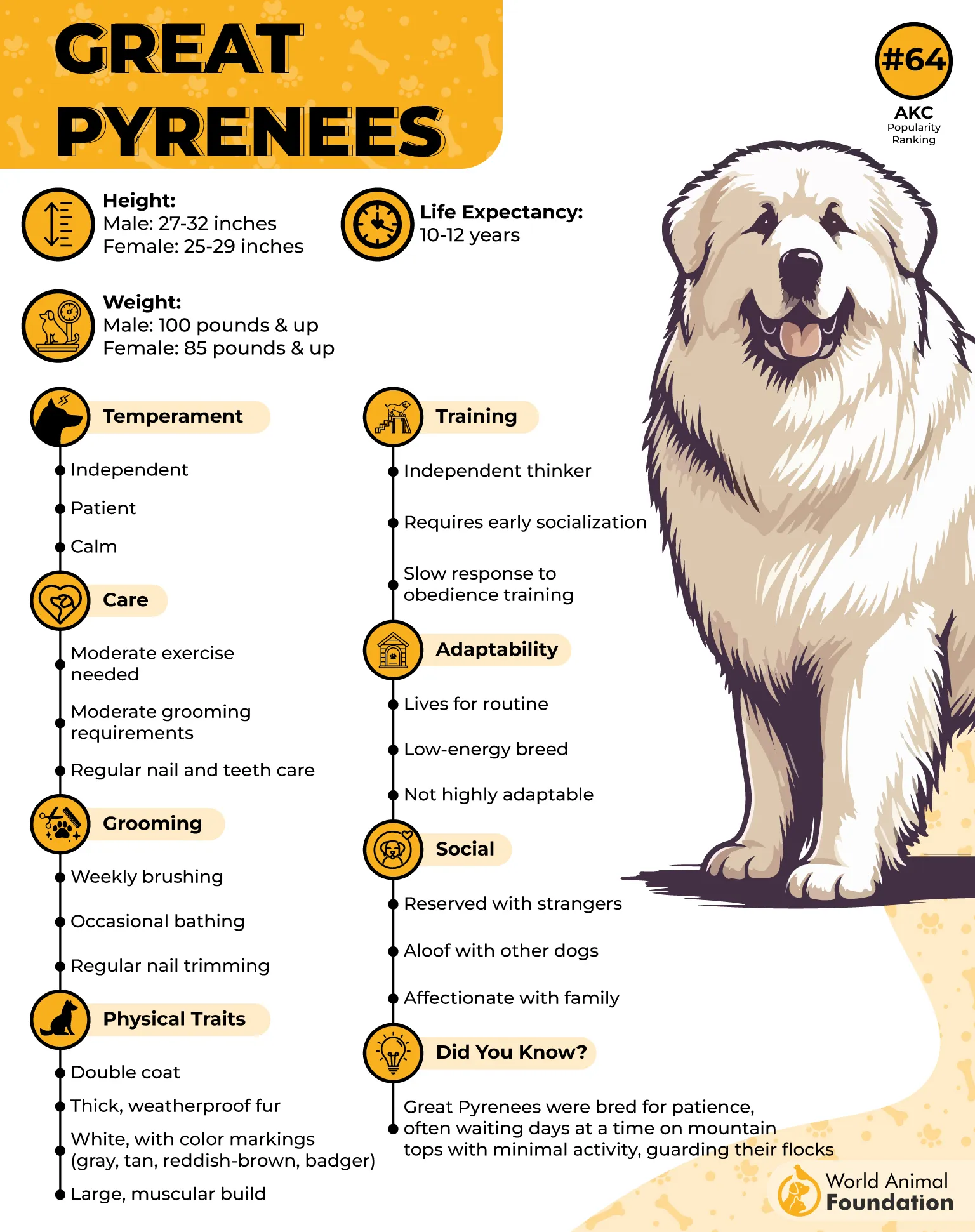
While Great Pyrenees are powerful and fast, they are typically gentle and calm at home with their loved ones, making them wonderful family companions.
According to the American Kennel Club (AKC), the dense, weather-resistant coat can be all white or white with markings in stunning shades of gray, tan, reddish-brown, or badger. Despite having a thick coat, their grooming requirements are minimal since their long outer fur resists dirt and tangles.
Why You’ll Love a Pyr
They’re calm, dignified, and fiercely loyal—basically, Gandalf in dog form.
They’re gentle with children and will guard them like tiny, giggling sheep.
Despite their large size, they’re surprisingly graceful (until they decide your couch is now theirs).
Great Pyrenees dogs aren’t highly energetic, as they need to conserve energy to protect their flock. Bred for independence, they can be left alone in mountain valleys to guard sheep.
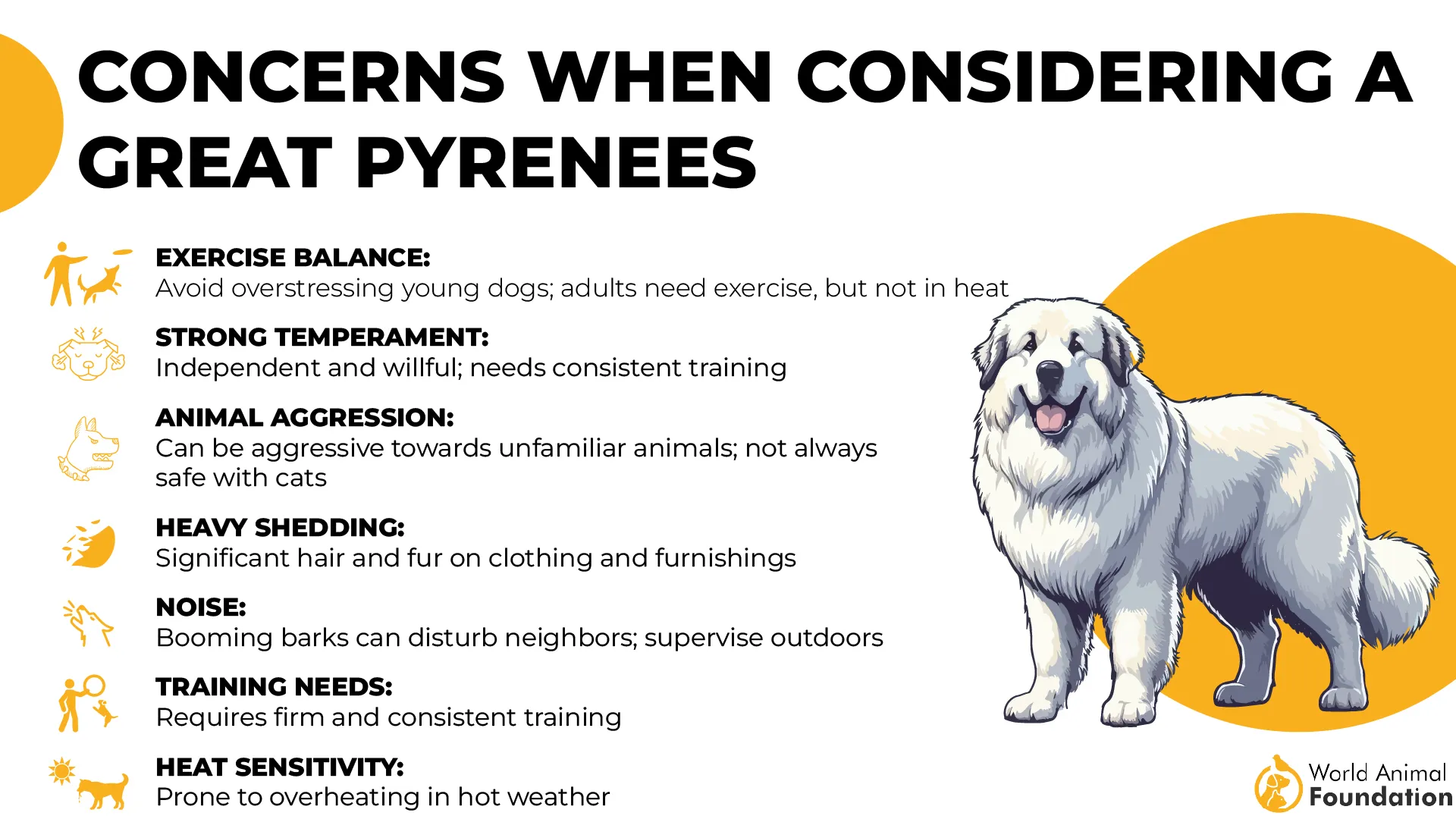
As a result, they don’t require an active lifestyle at home and tend to be low-energy dogs. They also appreciate their alone time, which can sometimes make training a bit challenging due to their strong-willed nature.
Fun Fact: The Great Pyrenees has a bark that echoes through time. It’s their way of saying, “Intruder? Or just the mailman?” Your neighbors might not love it, but burglars definitely won’t either.
3. Greater Swiss Mountain Dog
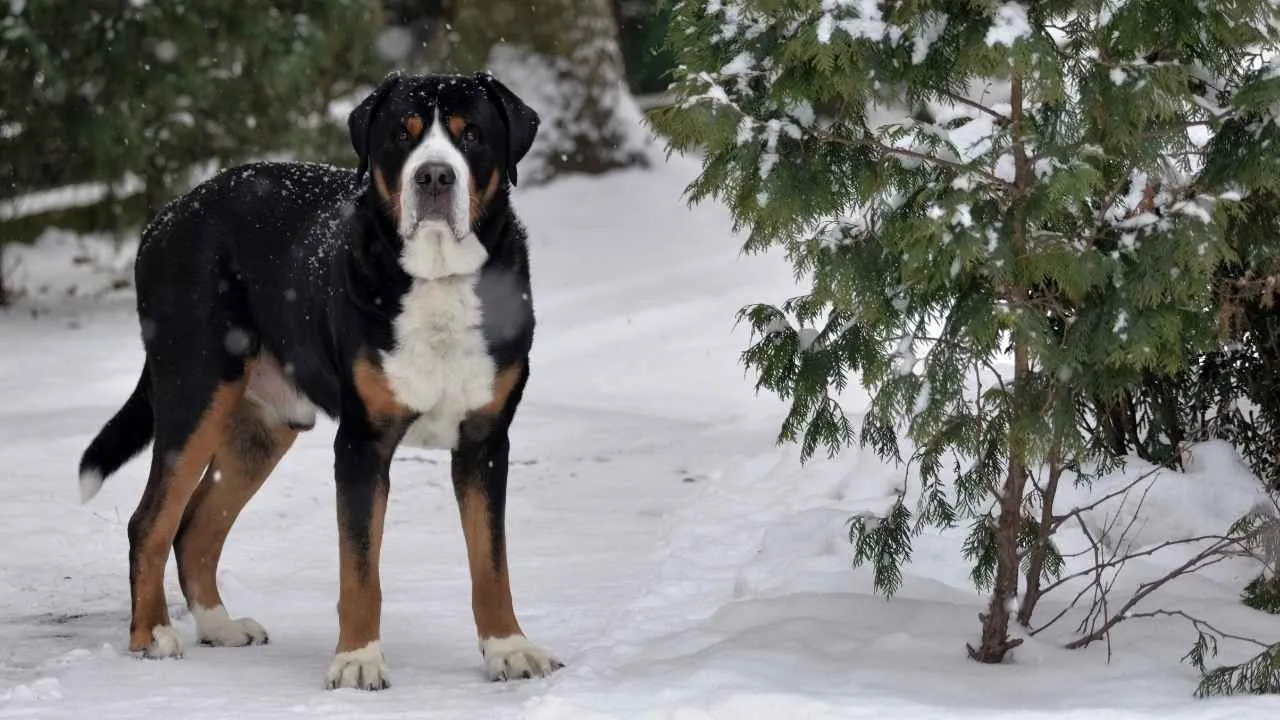
Height: 23.5 to 28.5 inches
Weight: 85 to 140 pounds
Meet the Greater Swiss Mountain Dog, affectionately known as the “Swissy.” Think of them as the Bernese Mountain Dog’s short-haired, brawnier cousin who’s less into grooming and more into flexing those muscles. These dogs were bred to haul carts and protect livestock in the Swiss Alps, so they’ve got strength, stamina, and a serious work ethic. (Unlike your cat.)
According to PetMD, Greater Swiss Mountain Dogs are recognized not only for their strength but also for their distinctive bark, friendly nature, and a low-maintenance “wash-and-wear” coat that mainly needs regular brushing and occasional washing.
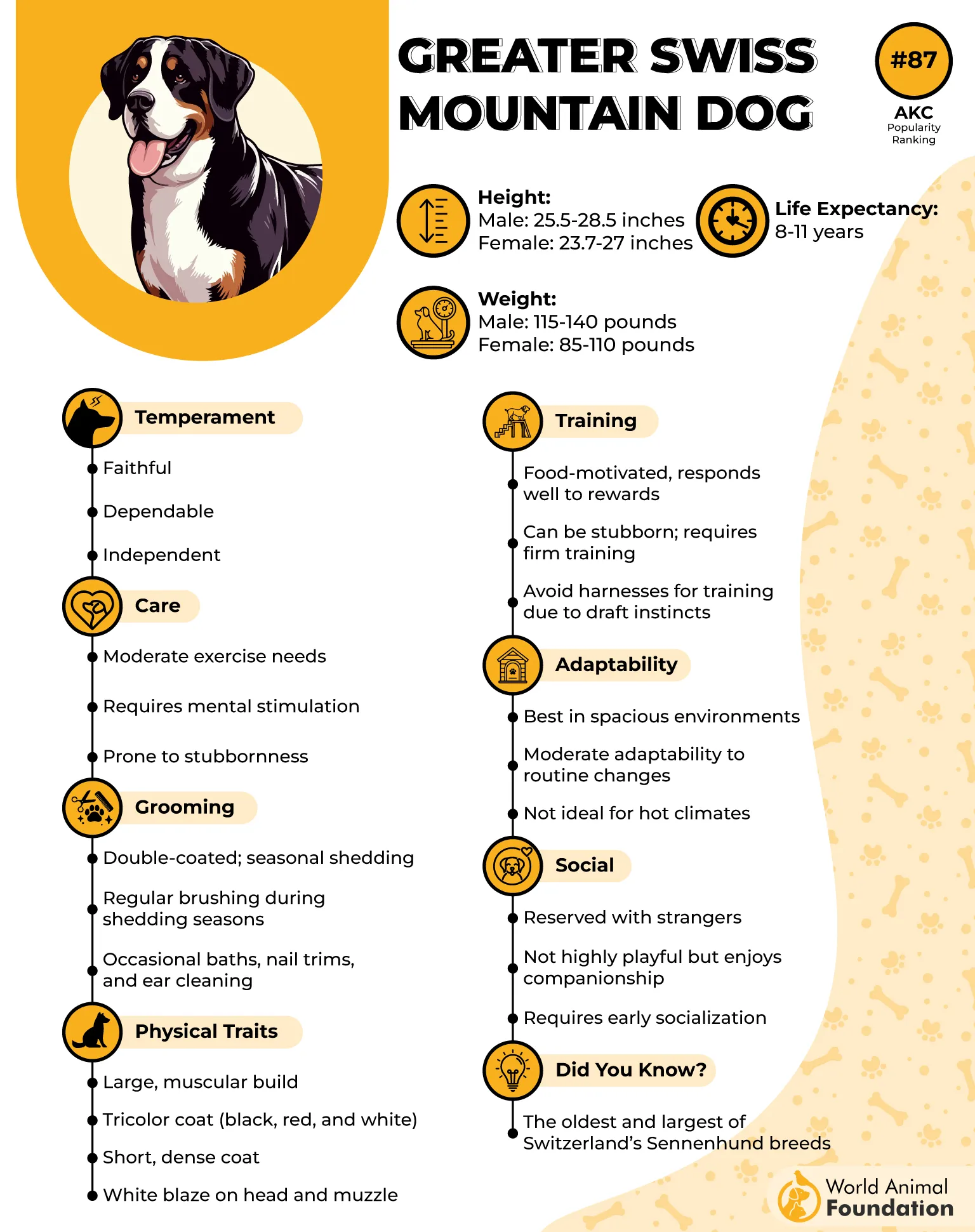
Above all, this breed loves being close to their family and participating in whatever they’re doing, whether it’s hiking outdoors or relaxing on the couch.
Swiss Mountain Dogs make excellent watchdogs, always ready to alert their family when unfamiliar visitors are nearby. Deeply loyal and devoted, they form strong bonds with their people. However, early and consistent socialization is essential—without it, they may grow up to be shy or wary in new situations.
Why You’ll Love a Swissy
They’re confident, loyal, and incredibly affectionate—once they’re done being skeptical of you for 10 minutes.
They make excellent watchdogs, mostly because no one wants to mess with a dog that looks like it could bench press a Subaru.
Low grooming needs compared to their Bernese cousin—less floof, same love.
When it comes to exercise, Swissys don’t require intense workouts. Too much vigorous activity can strain their joints. Instead, moderate daily exercise like a 30-minute walk or even cart pulling—an activity they often enjoy—is just right to keep them healthy and happy.
Fun Fact: Despite their rugged, tough exterior, most Swissies are secretly big babies. Expect them to lean on you… hard. Hope your knees are ready.
4. Saint Bernard
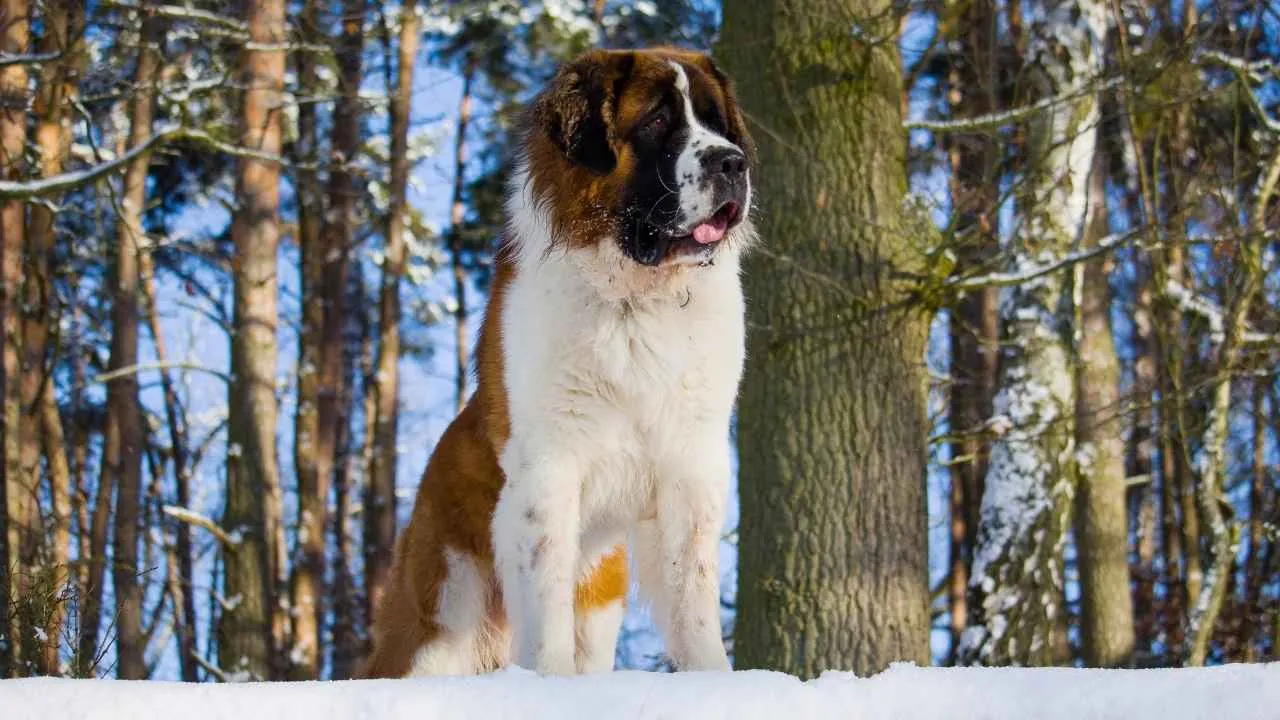
Height: 26 to 30 inches
Weight: 120 to 180 pounds
Ah yes, the Saint Bernard—the iconic barrel-toting, snow-rescuing, Beethoven-starring gentle giant of the Alps. These dogs are legends for a reason.
Originally bred by monks at the Saint Bernard Hospice in the Swiss Alps to rescue lost travelers, these fluffy dogs are lifesavers. They also double as full-body heating pads.
Saint Bernards require only moderate exercise to stay healthy, but it’s important to provide it to prevent obesity. For puppies, limit their exercise until they reach full maturity, avoiding rapid weight gain and activities like running or jumping on slippery floors.
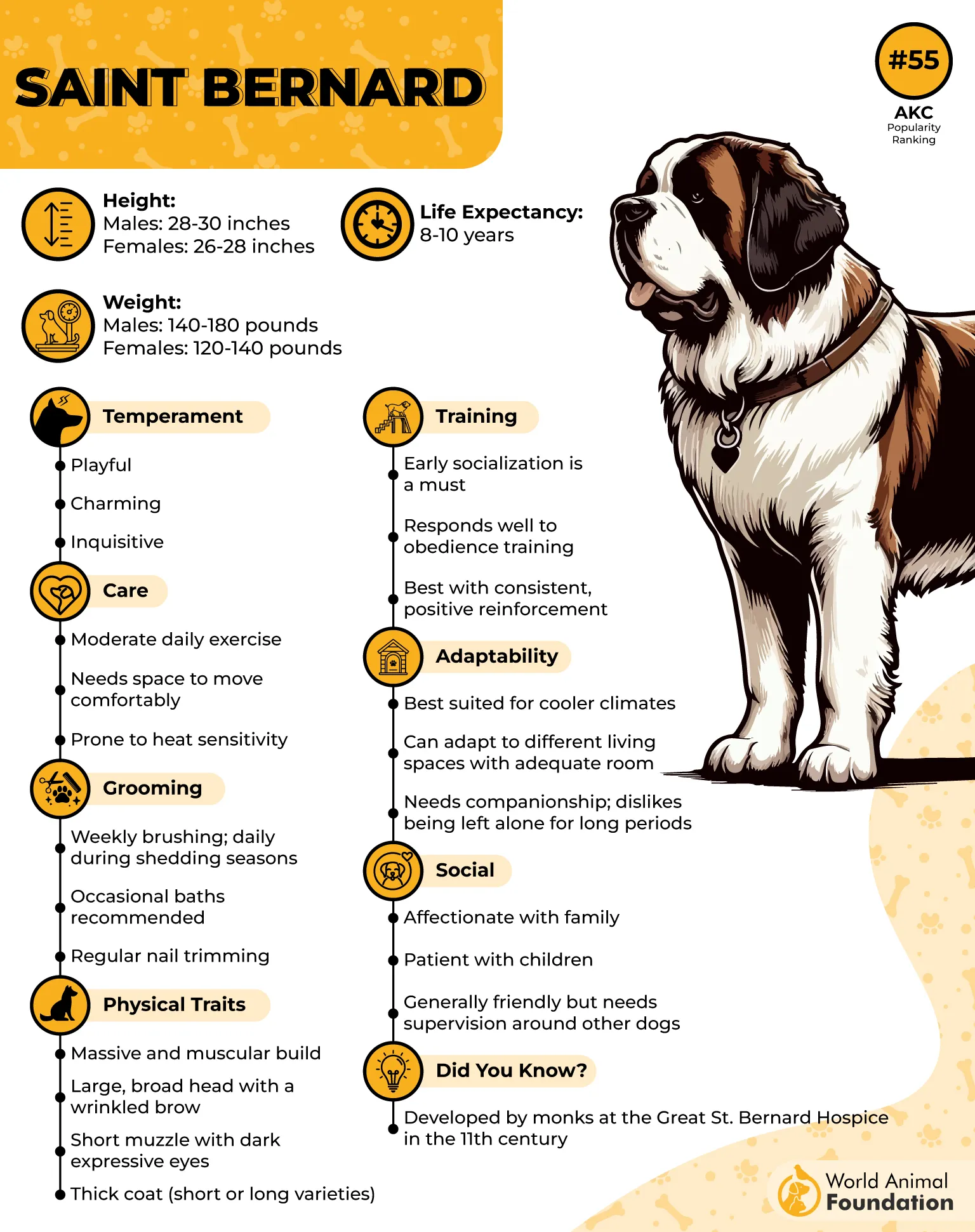
As per PDSA, Saint Bernards are known for their empathetic intelligence, enabling them to detect changes in human emotions. This quality makes them exceptional service animals, particularly as psychiatric service dogs.
Why You’ll Love a Saint Bernard
They’re calm, sweet, and famously great with children—think of them as the Mary Poppins of the dog world, only with more drool.
They’re patient and kind… unless you’re a squirrel. Then all bets are off.
They’re walking teddy bears who think they’re lap dogs. Spoiler: they’re not.
They are smart and eager to please, though they can occasionally be stubborn. They should never show aggression unless protecting a family member.
Saint Bernards are notorious drool machines—so if you’re squeamish about slobber, this might not be the breed for you. These gentle giants come with big hearts and even bigger jowls… which means a constant supply of drool is part of the package!
Fun Fact: That tiny brandy barrel around their neck? Complete myth. But don’t let that stop you from putting one on for cute photos.
5. Tibetan Mastiff
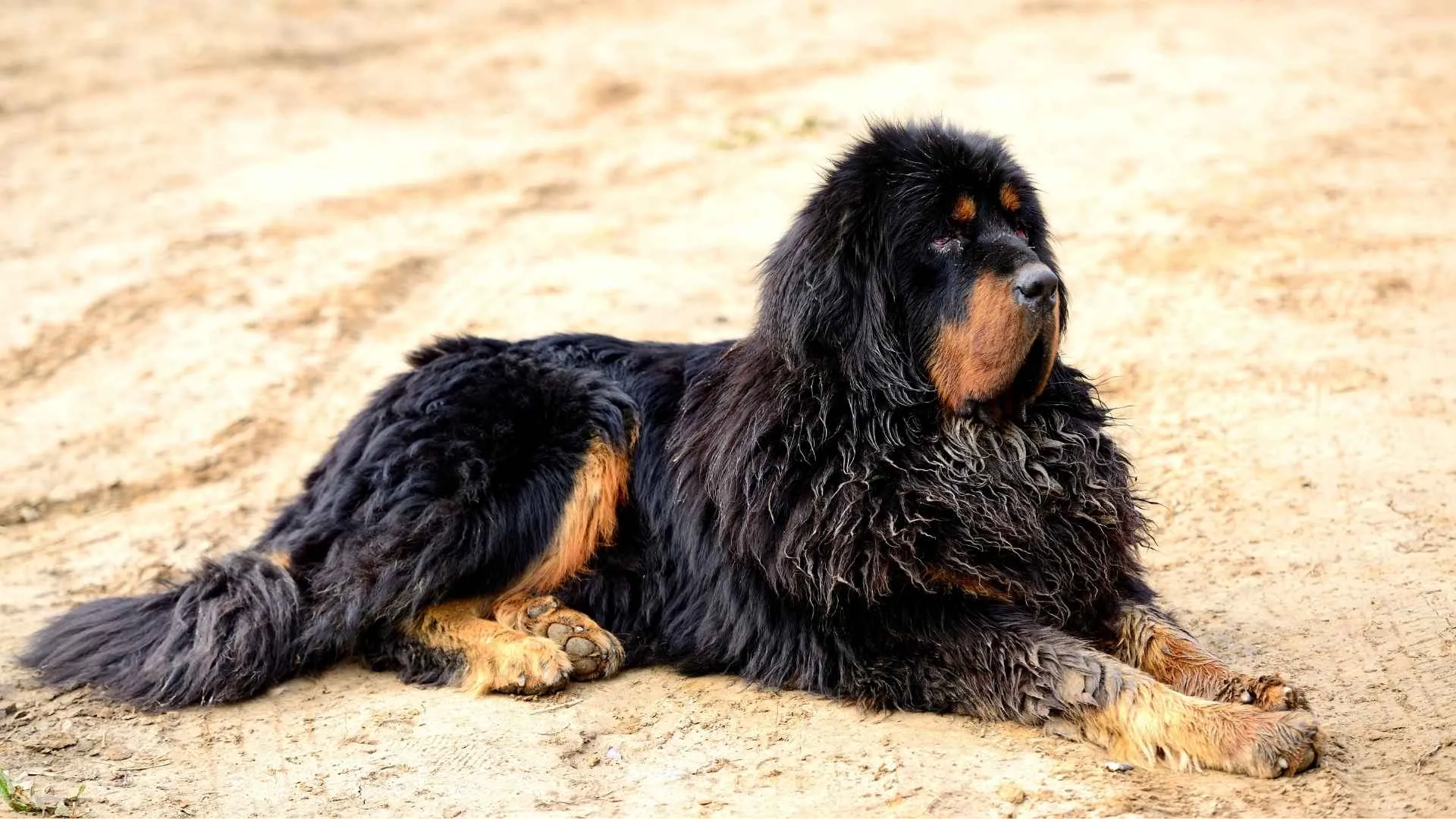
Height: 24 to 26+ inches
Weight: 70 to 150 pounds
The Tibetan Mastiff isn’t just a dog—it’s an ancient guardian spirit wrapped in 150 pounds of floof and attitude. Bred to protect monasteries in the Himalayas, these dogs were the security system of ancient Tibet. They’re majestic, independent, and kind of look like a lion in a fur coat who just woke up from a 300-year nap.
They are classified as a giant dog breed, characterized by an alert posture, a large, broad head, deep-set eyes, a square-shaped muzzle, a strong, muscular build, and a feathered tail that curls over their back.
Tibetan Mastiffs generally get along well with children and other pets, but it’s important to always supervise any interactions between dogs and young children.
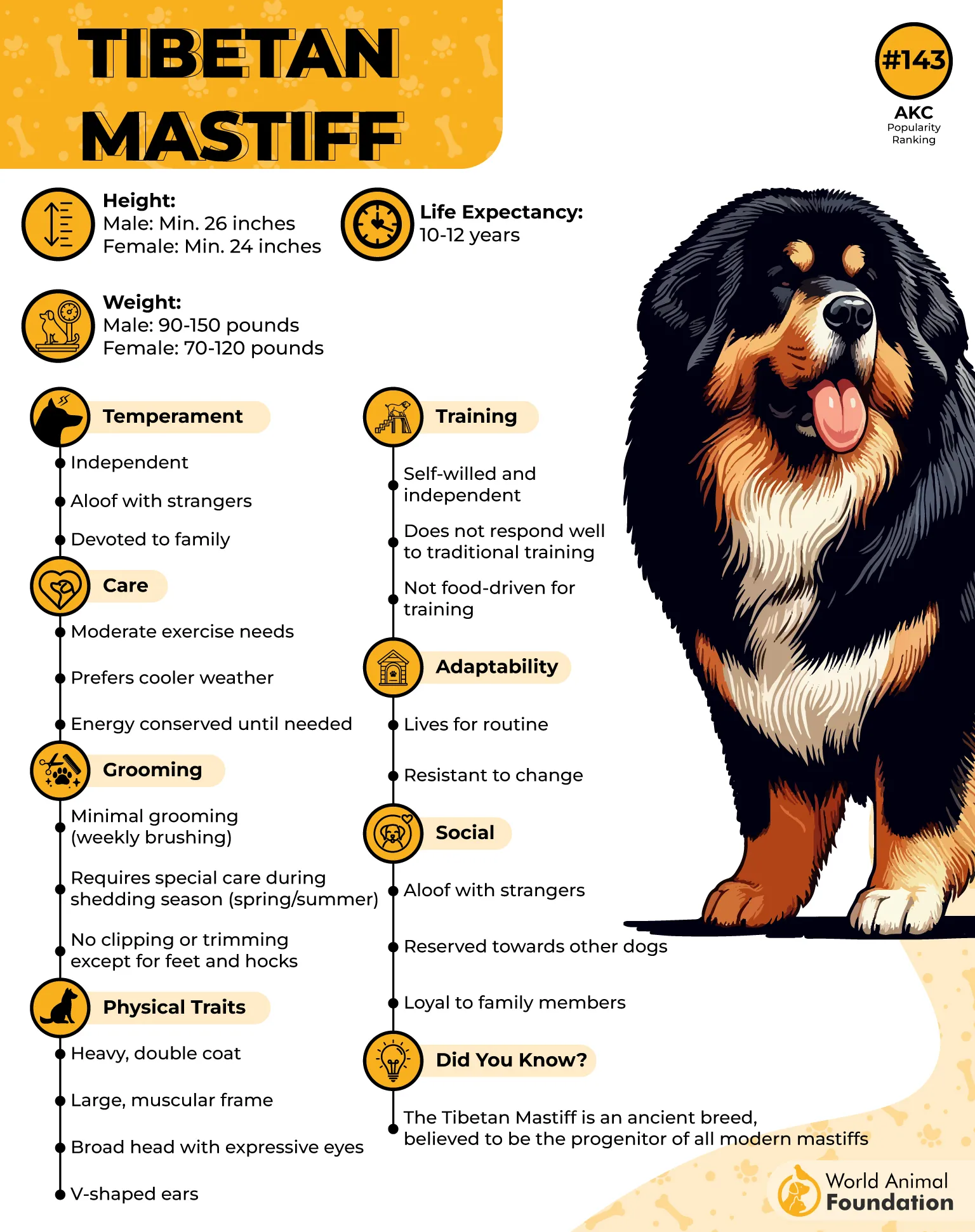
Although they tend to be laid-back and sleep a lot during the day, they are more active at night. Generally quiet, they will bark to alert their family if something seems unusual.
Why You’ll Love a Tibetan Mastiff
They’re fiercely loyal and protective in nature—you’ll never worry about strangers approaching your home again… or your mailbox.
That glorious mane. You’ll feel like you’re walking a royal beast.
They’re quiet unless something’s up. Then it’s thunder time.
They aren’t suited for apartment living and need access to a securely fenced yard where they can patrol safely without roaming off.
Caution: They’re not fans of strangers, clingy behavior, or being told what to do. You’re adopting a furry, stubborn mountain monk with a PhD in judging people.
Fun Fact: In ancient Tibet, these dogs were believed to carry the souls of monks who didn’t quite achieve enlightenment. So yes, your dog might be judging you… philosophically.
6. Newfoundland
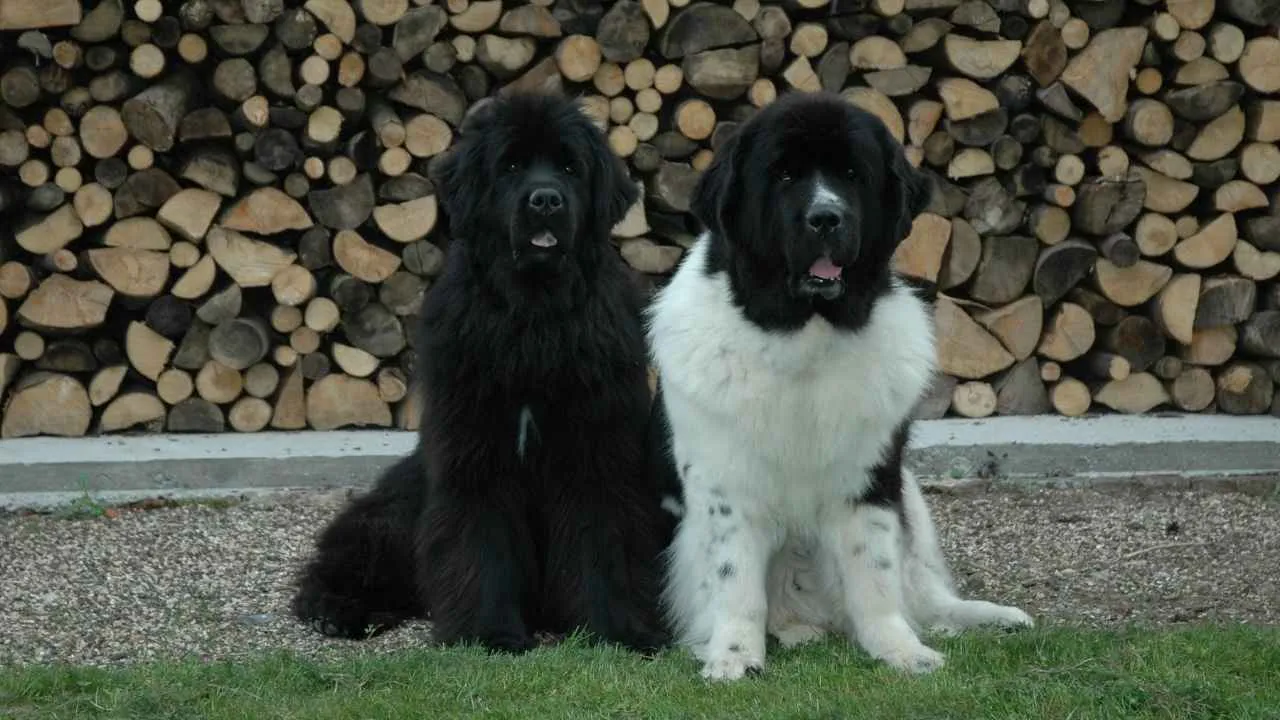
Height: 26 to 28 inches
Weight: 100 to 150 pounds
The Newfoundland (or “Newfie”) is the only mountain dog on this list who doubles as a lifeguard. Seriously. These dogs were bred in Canada to haul fishing nets and rescue people from the sea. They’re strong swimmers, sweet as sugar, and covered in enough fur to knit several sweaters.
They are typically very muscular and possess a double coat consisting of a longer outer layer and a shorter undercoat.
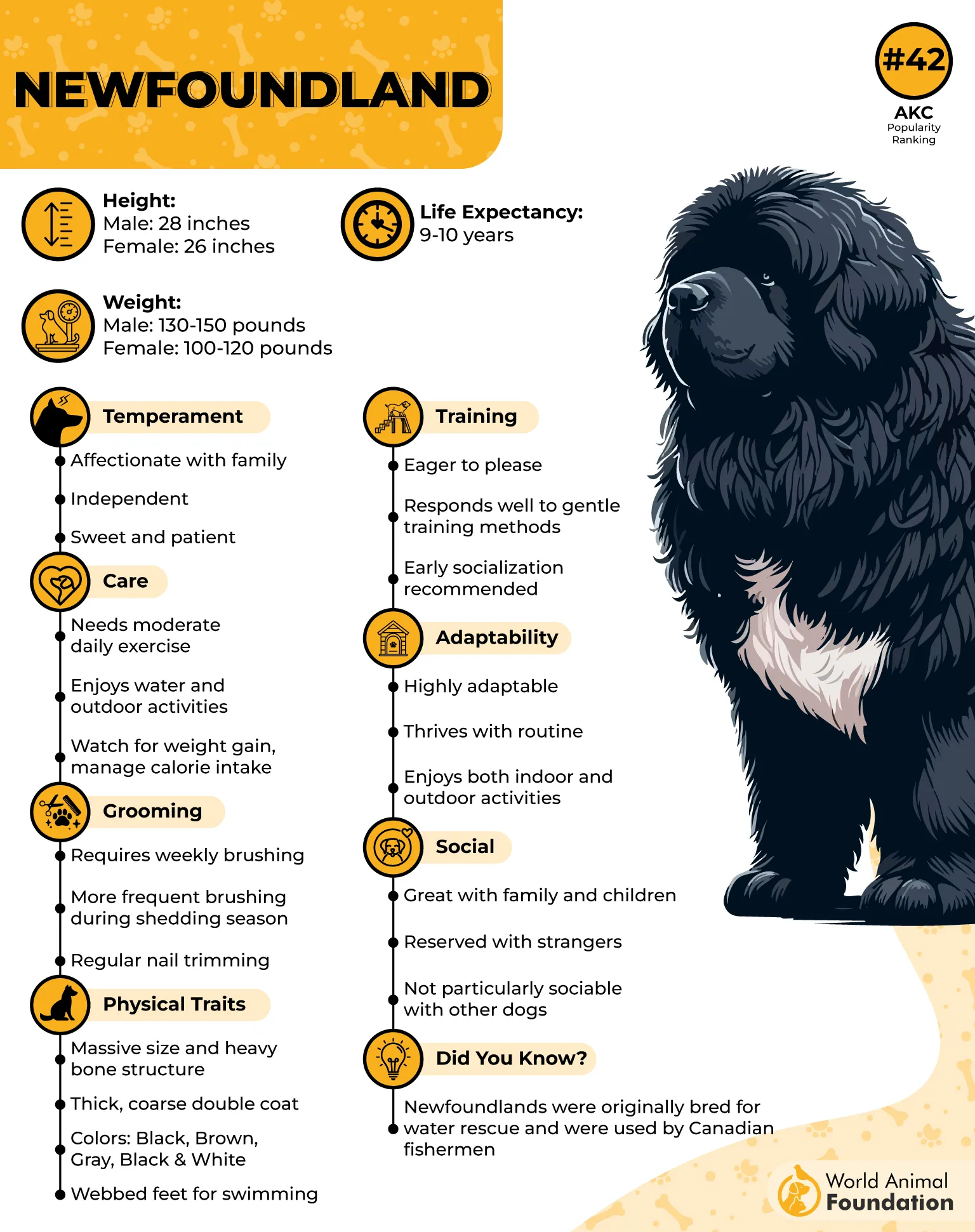
Although this breed didn’t originate in mountainous regions, it has earned a reputation as a top-notch search and rescue dog in both water and mountain rescue missions across the globe. Their strength, intelligence, and calm demeanor make them invaluable in critical situations.
Although they are large, these dogs are friendly and gentle, often earning the nickname “nanny dogs” because of their excellent nature with children.
Why You’ll Love a Newfie
They’re gentle giants with the patience of a saint and the loyalty of a best friend.
Amazing with kids—think of them as a living teddy bear who’s also Baywatch-certified.
Surprisingly agile in water, less so on your hardwood floors.
Newfoundlands typically have an open and friendly personality, but they will alert you when a stranger approaches. They might bark at newcomers initially, yet if they see you welcoming the person, they usually warm up to them quickly.
Newfoundland dogs have a moderate energy level. They need regular exercise and mental stimulation, but after they’ve burned off their energy, they’re content to relax and cuddle up for the evening.
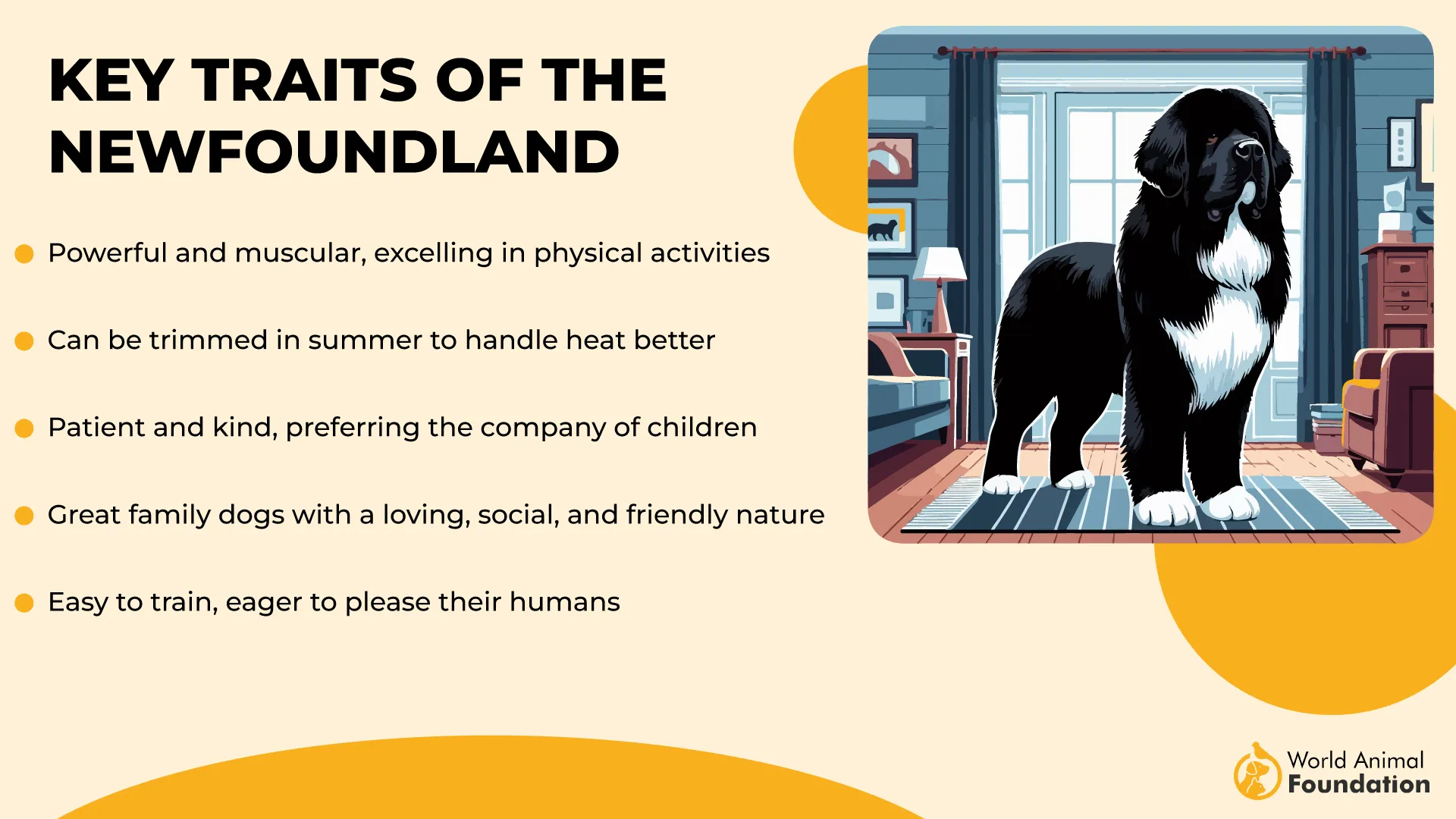
Fun Fact: A Newfoundland once saved Napoleon Bonaparte from drowning. So yes, they’ve got a resume and a heart of gold.
Heads Up: Newfies drool. A lot. Like, “wipe your walls” levels of drool. Consider it part of the charm.
7. Leonberger
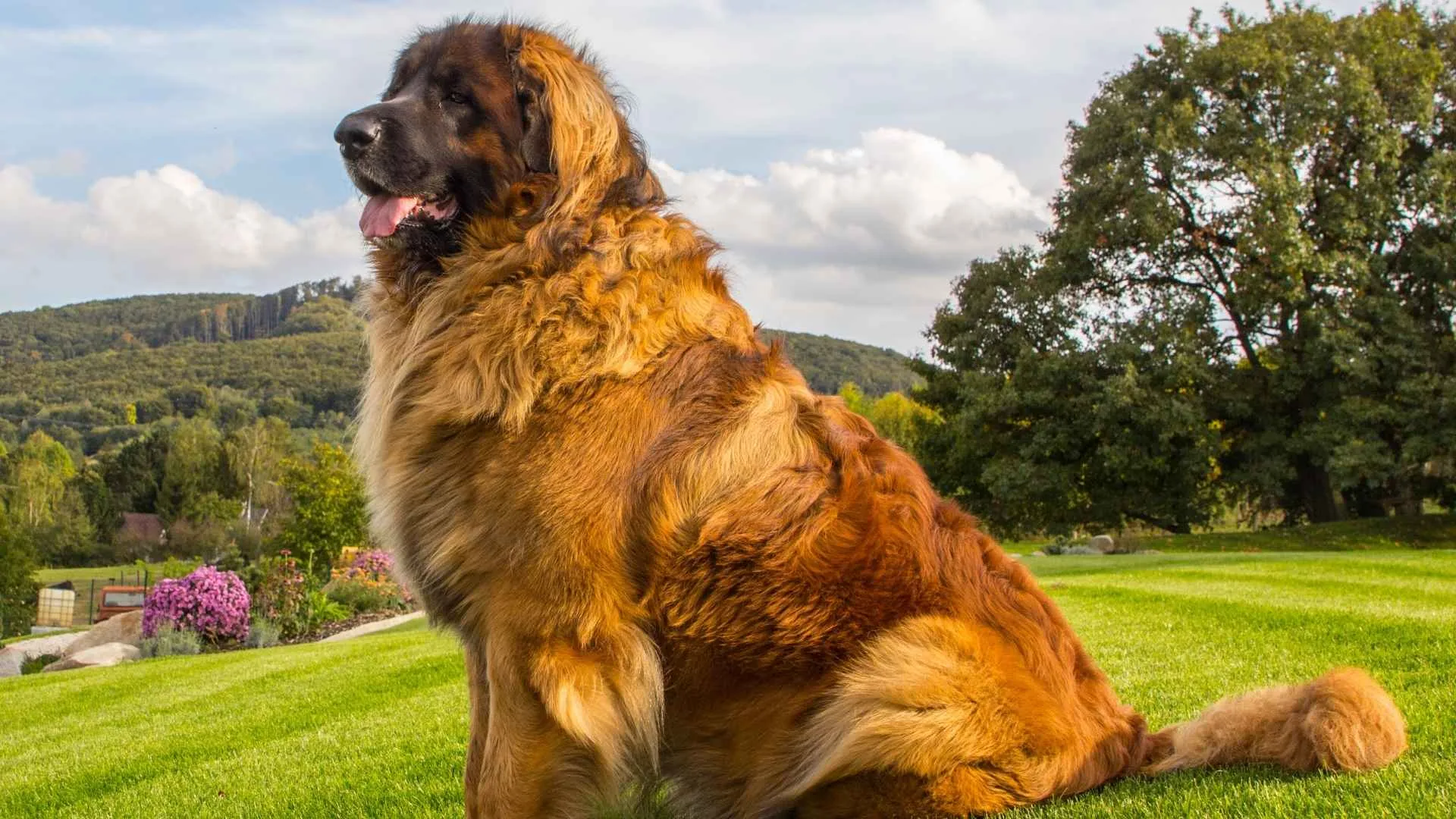
Height: 25.5 to 31.5 inches
Weight: 90 to 170 pounds
The Leonberger is what happens when you cross a lion’s mane with a dog’s heart and throw in just the right amount of silliness. This German breed was designed to resemble a lion (mission accomplished), but behaves more like a goofy best friend who forgot how big he is.
Today, the Leonberger is commonly seen both working in search-and-rescue roles and living as a loyal companion alongside their human families. This dog is an exceptional water rescue breed, requiring only a brief training period to enhance its instincts.
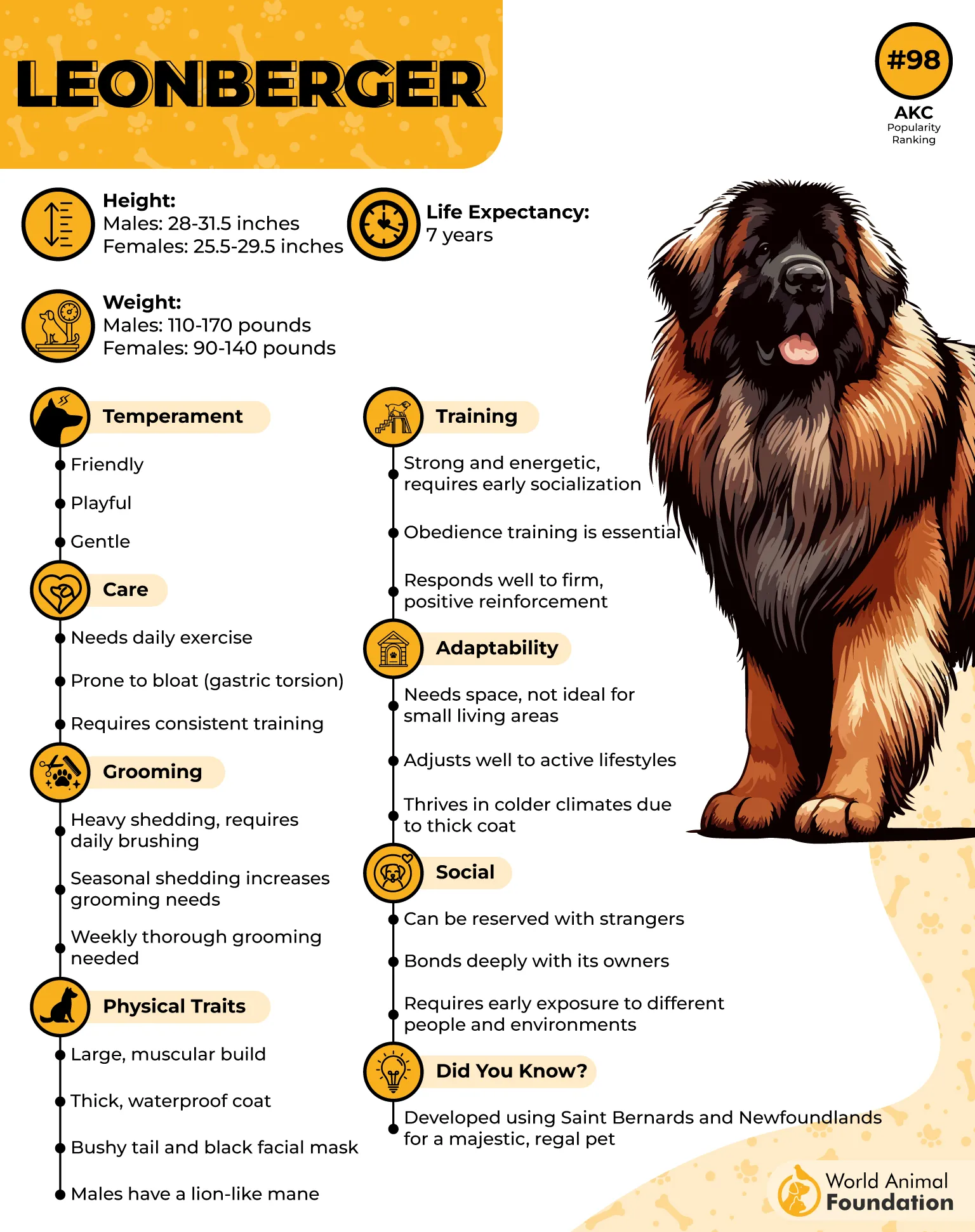
In addition to their calm nature, Leonbergers are smart, quick learners, and thrive when given a task or job to concentrate on.
The Leonberger breed shows sexual dimorphism, with males typically having a lion-like mane around their neck, setting them apart from females. Regardless of gender, Leonbergers are susceptible to joint issues and heart conditions, and they usually have a lifespan of about 7 years.
Why You’ll Love a Leonberger
They’re affectionate, gentle, and great with families.
They look like royalty but act like class clowns.
They love swimming, hiking, and leaning on your legs until they go numb.
However, due to their large size, they require plenty of space to move around comfortably, and their high energy levels mean they need ample daily exercise to stay happy and healthy.
Leonbergers don’t tend to bark or dig excessively. Despite their relaxed nature, they need plenty of social interaction and don’t cope well when left alone for extended periods.
Fun Fact: Leonbergers were bred to be companion dogs for European nobility, which means your royal treatment is long overdue.
Warning: They’re sensitive. Scold them too harshly and you’ll get the full “sad eyes” treatment—like a giant, fluffy Oscar performance.
Conclusion
Large mountain dog breeds are powerful, loyal, and often deeply rooted in centuries of tradition and farm work. Bred in regions with snowy winters and rough terrain, such as the Caucasus Mountain range or the Swiss Alps, these dogs were developed to herd livestock, protect flocks, and keep predators at bay. Other dog breeds like the Anatolian Shepherd, Caucasian Shepherd Dog, Appenzeller Mountain Dog, Entlebucher Mountain Dog, and Icelandic Sheepdog possess a thick double coat or coarse coat that offers protection from the cold but requires frequent grooming due to their tendency to shed heavily.
These big dogs have high energy levels and benefit from early training and extensive socialization, especially if they are to become well-adjusted family pets. Despite their working roots, many also have a sweet temperament, making them ideal cuddle companions when raised in the right environment. From the Middle Ages to modern farms, these four-legged guardians have proven themselves to be great family dogs and reliable workers. Whether you’re looking for a devoted companion for farm work or a loyal friend at home, a large mountain dog breed, when given proper care, regular grooming, and early socialization, can be the perfect fit.


